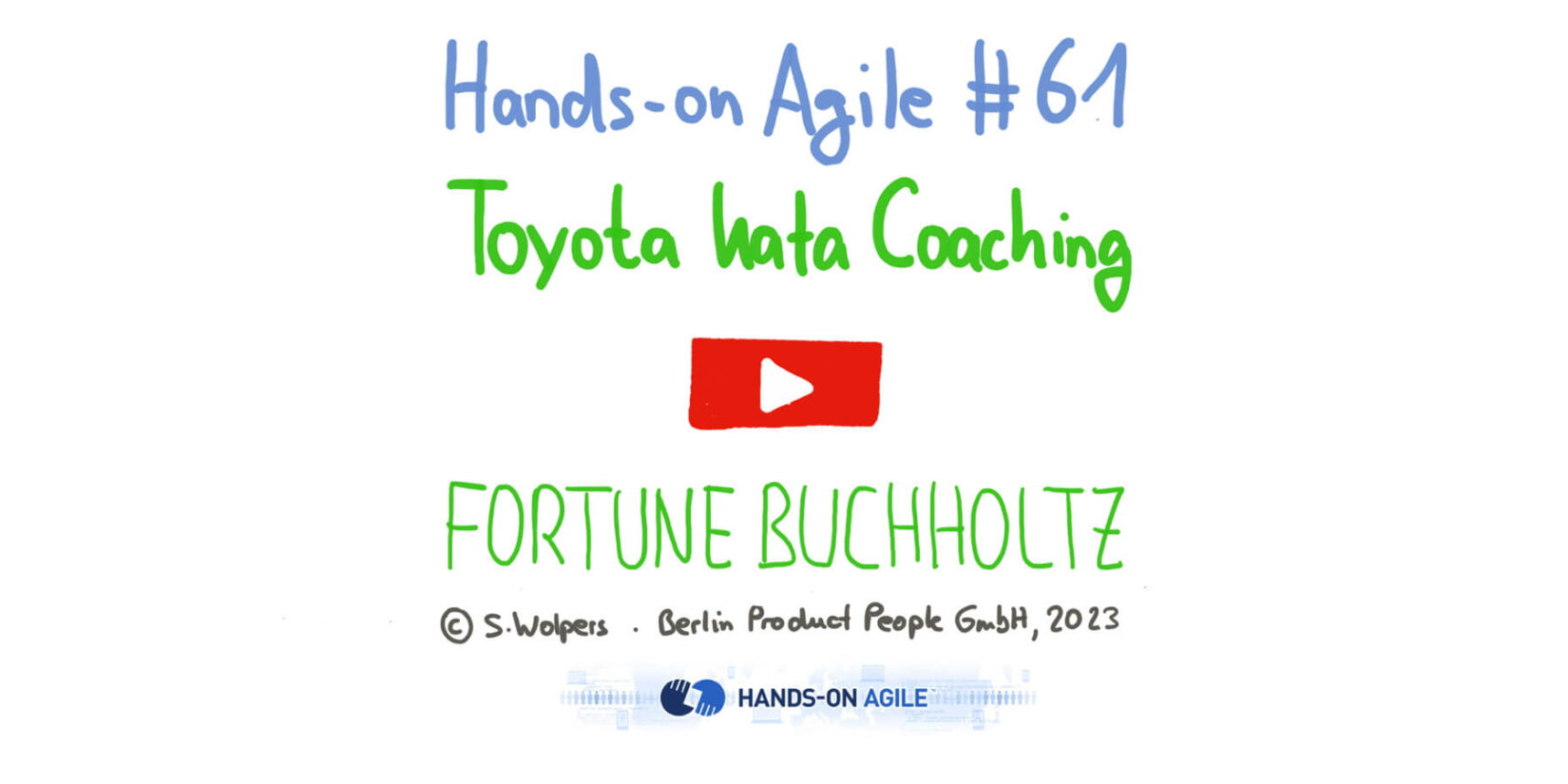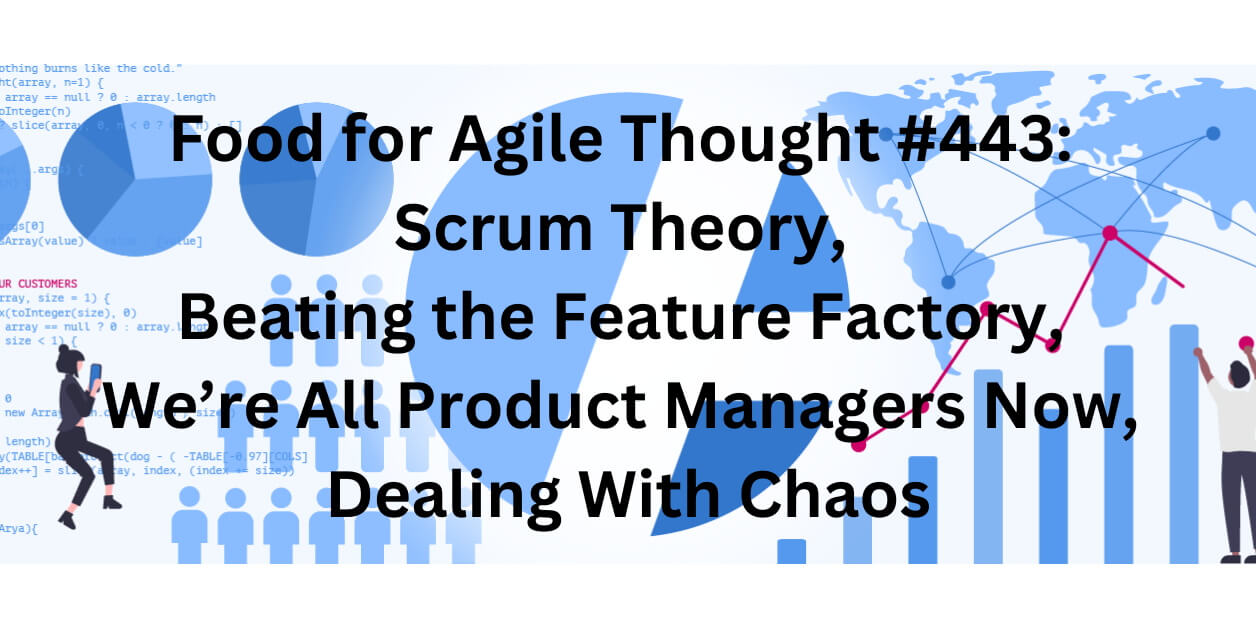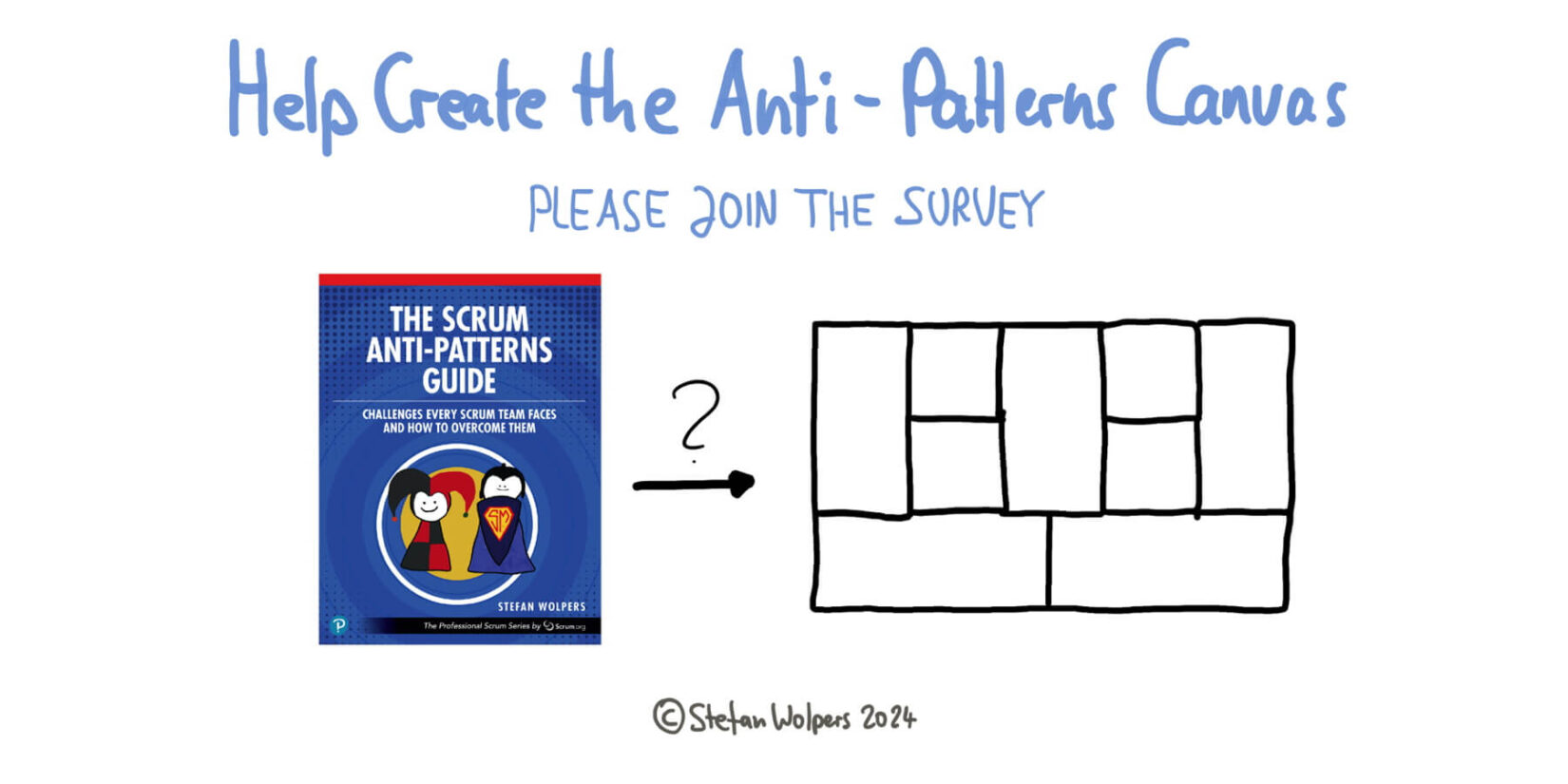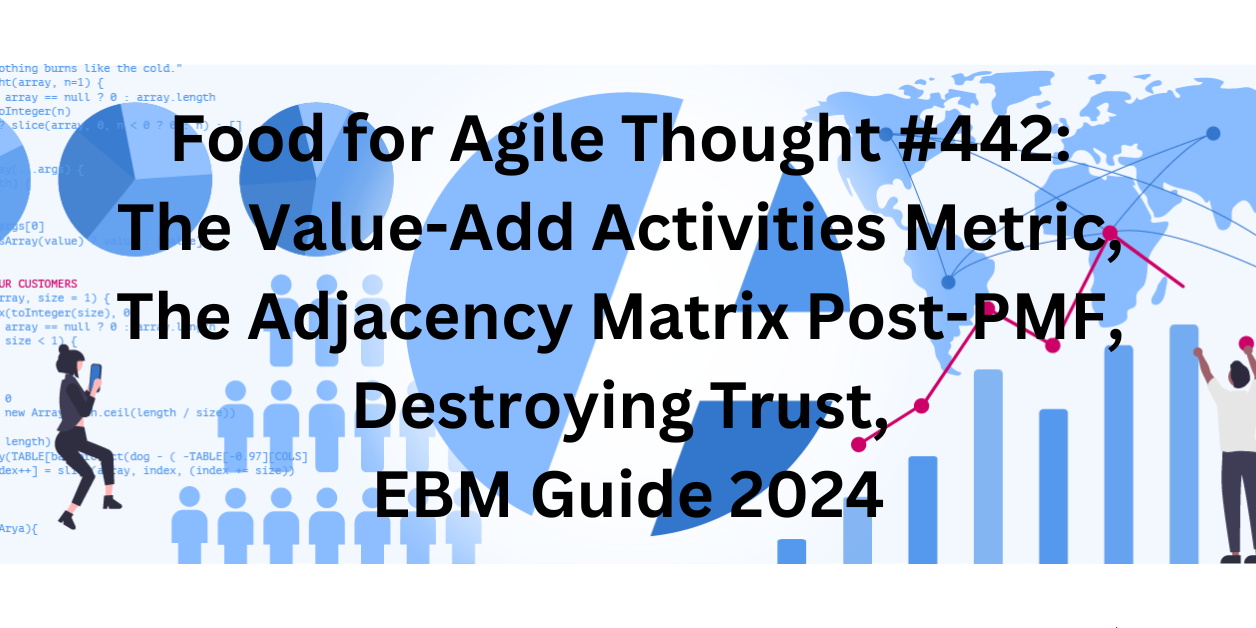TL; DR: Overpriced Cheerleaders — Food for Agile Thought #444
Welcome to the 444th edition of the Food for Agile Thought newsletter, shared with 42,579 peers. This week, Sam Haynes critiques the dwindling effectiveness of Agile Coaches, shifting from vital change agents to mere overpriced cheerleaders. Maarten Dalmijn criticizes Scrum for providing a blame-shifting ‘Get Out of Jail Free’ card, impeding real improvement, while Christiaan Verwijs advocates for scientific research to restore Agile’s credibility and effectiveness. Also, Michael Küsters emphasizes strategic alignment by rephrasing the query “How do we make money?” to uncover different business insights, and Jason Evanish discusses how lone wolves struggle with leadership due to their independence before Fortune Buchholtz introduces Toyota Kata Coaching for Agile teams.
Then, John Cutler warns against the ‘Instagram-ification’ of product management, which he argues sets unrealistic expectations and drives professionals towards unsustainable practices. David Pereira’s interview with Itamar Gilad emphasizes the importance of discarding 90% of ideas, advocating for evidence-based innovation and adaptability to user needs. Ant Murphy offers a stakeholder management approach that uses proposed solutions to uncover real problems, thus enhancing problem understanding without confrontation. Moreover, Manuel da Costa discusses findings from McKinsey’s Product Operating Model Index, highlighting a significant gap in product management practices between top and bottom-performing companies.
Lastly, Shane Hastie interviewed Esther Derby and David Horowitz about the second edition of the Agile Retrospectives book, focusing on data-driven methods and increased engagement for successful retrospectives, and Christina discusses how effective prioritization is often compromised by multitasking myths and distractions. The Ikigai Retrospective exercise uses a Venn diagram to help teams find their collective purpose by aligning their passions and skills with market value and impact. Finally, Aakash Gupta advises strategically using tailored work products in the PM job market to showcase unique insights and fit with company culture, enhancing job prospects.







